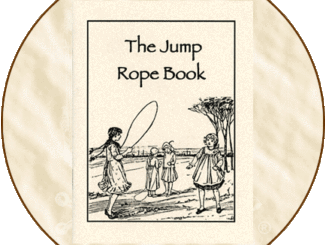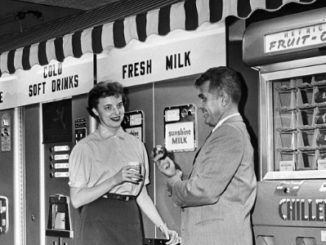
Few people beyond collectors of old money are familiar with the $500 bill. The bills were first printed in the mid 19th century, and the last printing was in 1934. The earlier bills are very rare, and therefore worth a great deal of money. However, depending on a number of factors, any $500 bill is worth more than its face value, and sometimes much more.
A Brief Timeline of the $500 Bill
Large size legal $500 notes were first issued during the second half of the 19th century. They stopped being printed in 1945. Those from the 19th century are extremely difficult to find today.
· The 1862 and 1863 bills feature an elderly James Madison.
· The 1869 $500 bill is unique looking. John Quincy Adams is pictured on the right side of the face of the bill. There are believed to be only a handful still in existence.
· Large size $500 bills from 1874, 1875, 1878, and 1880 are rare, and very valuable.
· The 1918 bill featured John Marshall’s portrait, and a blue seal. Marshall, who served in the House of Representatives and as Secretary of State and Chief Justice of the Supreme Court, was one of the few men who were not a U.S. President to appear on U.S. currency.
· The 1928 and 1934 design had a green seal, and President William McKinley’s portrait.
Why Such Large Bills?
The reason that such a large denomination ($500 in 1928 was equivalent to over $6,000 in today’s currency) was printed was that the U.S. Government wanted to facilitate transactions within the government and with other agencies. The $500 bills were also used by the banking institutions. In the 1920s and 1930s, the Bureau of Engraving and Printing even issued bills for $1,000, $5,000 and $10,000. There was even a $100,000 Series 1934 Gold Certificate featuring the portrait of President Wilson printed for less than a month in December 1934 and January 1935. These were used only for official transactions between Federal Reserve Banks. They were never in public circulation.
When Did They Stop Being Printed?
Although printing of the $500 bill (still the 1934 series) actually stopped in 1945 due to lack of demand, the distribution of the $500 bill was ended on July 14, 1969 in the Nixon administration by Treasury Secretary David M. Kennedy and the Federal Reserve Board. This decision was made because the bills were largely being used by those in organized crime and drug trafficking. Also, by that time, more secure ways of transferring money had made them less necessary. As of that date in 1969, no bills over $100 were distributed. Although they are still legal tender, their value as a collectible is far greater than their face value.
What Are They Worth?
As with any antique bank notes, the value to a rare currency collector is based on issuing district, condition, serial number, seal color, and whether it is star note (at the end of a note’s eight digit serial number). Uncirculated bills are always worth more. They can be worth anywhere from hundreds of dollars to five figures to old currency buyers.
If you have a $500 bill, do not be tempted to spend it! Go online and compare the values listed by various companies that deal in rare money. Also look on eBay to see what the asking prices are. Then find a reputable currency dealer who deals in rare paper currency if you are interested in selling it.
If you want to buy a $500 bill, again do your homework and make sure that you buy from a reputable rare money dealer. If you do buy from someone else, such as through an online bidding site, there are counterfeit guides to help identify reproductions and counterfeit bills. If you are not truly an expert (and even if you are), it is always safer to go with an established currency dealer.
Proudly WWW.PONIREVO.COM
Source by Manning Garrett



